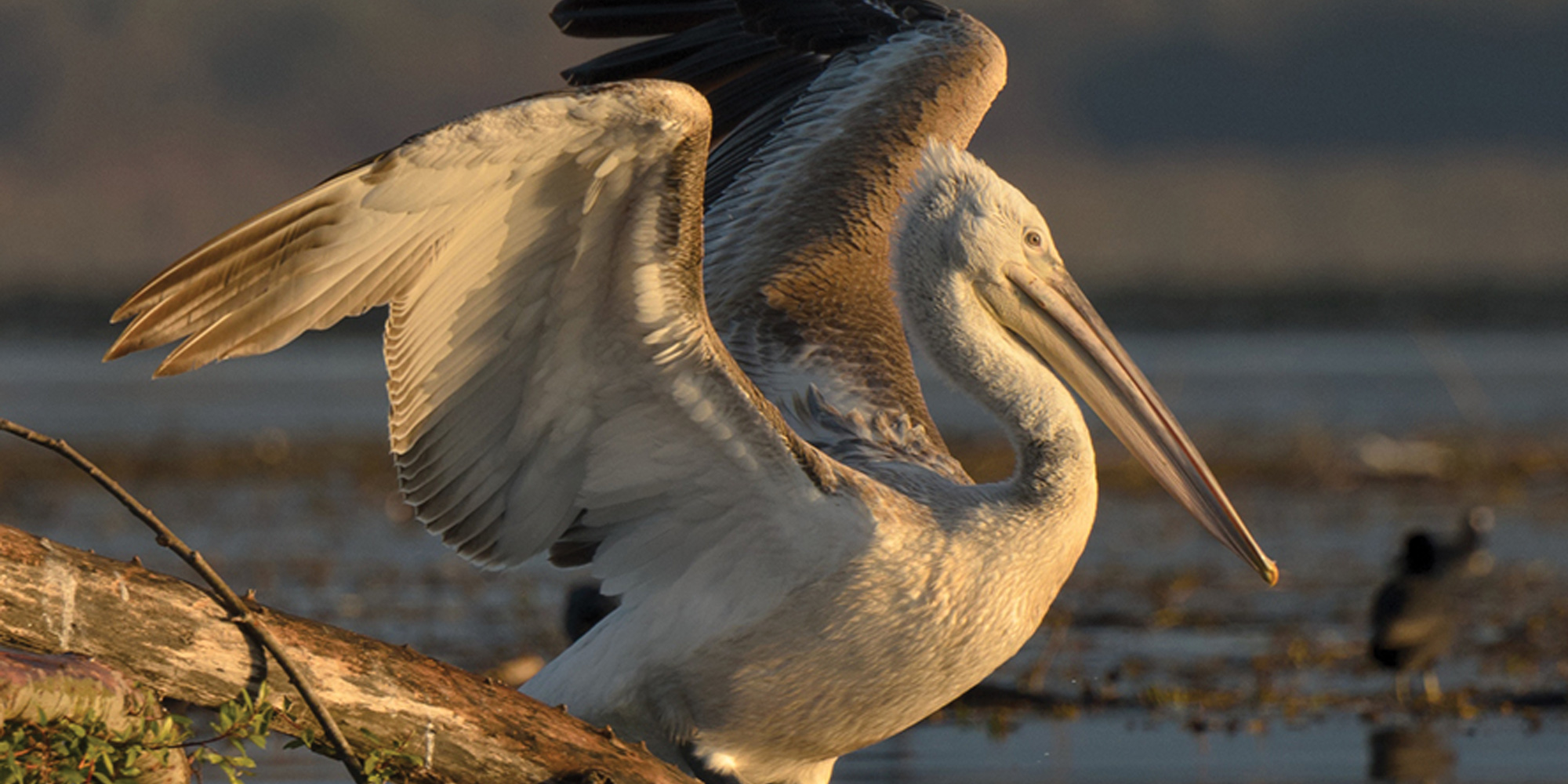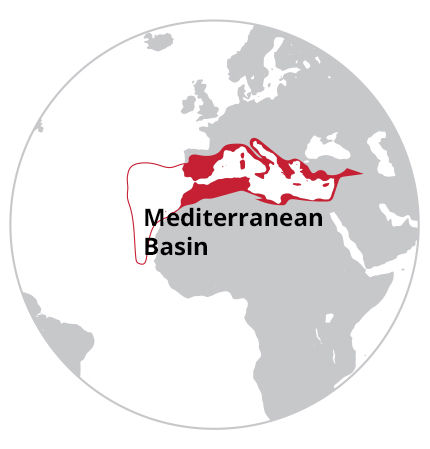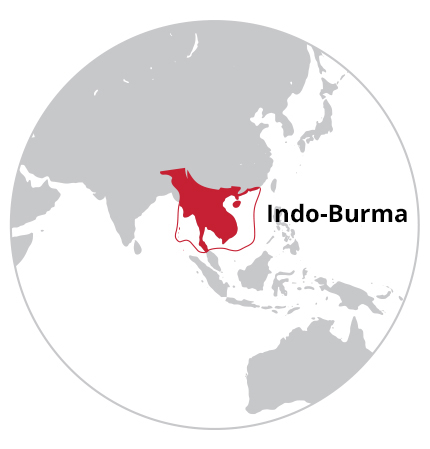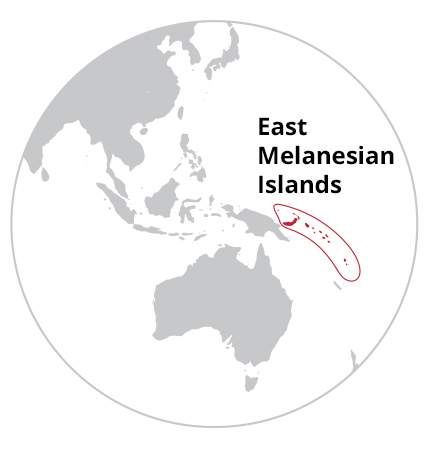Conserving Species
Biodiversity conservation is the core of CEPF’s work. The amazing array of species in the world’s biodiversity hotspots is critical to maintaining healthy ecosystems that people rely on for food, fresh water, fuel, medicines, climate change mitigation and more. Biodiversity also is important to communities for its spiritual, aesthetic and recreational values. The efforts of CEPF grantees to protect and learn more about species benefit us all.
Mediterranean Basin Biodiversity Hotspot
The Dalmatian pelican (Pelecanus crispus), one of the largest living bird species at 160 to 183 cm in length with a wingspan of almost 3 meters, has faced a number of challenges. Populations in central and east Asia as well as southeast Europe have been hard hit by threats such as wetland alteration and destruction, hunting and disturbance by fishers and tourists.
But the pelican’s fortunes have taken a substantial turn for the better, a change that CEPF grantees have contributed to. The species’ Red List status was recently “downlisted” from “Vulnerable” to “Near Threatened,” meaning that its conservation status is improving globally—an all-too-rare, and much-welcomed, occurrence.
This change in status is due to a four-fold increase in southeast Europe’s Dalmatian pelican population since the 1990s. The increase can be attributed to implementation of a Species Action Plan, and the protection provided by the European Union’s Birds and Habitats Directives, which helped conserve key breeding sites in Greece, Romania and Bulgaria. Actions taken by CEPF grantees at an important breeding site, Skadar Lake on the Montenegro and Albania border, are also part of the equation.
Noé, a France-based conservation organization, is working with partner organizations in the area of Skadar Lake to construct and maintain nesting rafts that help the pelicans stay on top of changing water levels, said Bjanka Prakljacic, project coordinator for Noé. The organization also has installed video surveillance to monitor the lake’s colony.
“This program has dramatically helped the stability of the pelican population,” Prakljacic said. “We have seen record increases over four years.” In the recent past, National Parks of Montenegro put the number of active nesting pairs of Dalmatian pelicans at less than a dozen. In 2017, there were 48 nesting pairs, which produced 58 chicks.
“This program has dramatically helped the stability of the pelican population. We have seen record increases over four years.”
The group of CEPF grantees also worked with the neighboring communities to establish a no-approach zone and ranger patrols during nesting season, efforts bolstered by implementation of a “pelican hotline” where violations can be reported. Grantees are also developing ecotourism projects to allow local communities to benefit from the growing colony.
“Without CEPF, this success wouldn’t have been possible,” Prakljacic said. “At the beginning, a number of organizations and institutions proposed different activities. CEPF recommended that we work together on this project.”
The collaborative approach paid off, with complementary conservation actions taken by National Parks Montenegro, the Natural History Museum of Montenegro, the Centre for Protection and Research of Birds in Montenegro (CZIP), EuroNatur, Tour du Valat, and Institute of Nature Conservation in Albania (INCA).

Indo-Burma Biodiversity Hotspot
The Endangered Burmese roofed turtle (Batagur trivittata) is one of the rarest turtle species in existence. This once-plentiful terrapin has dwindled to just a handful of mature individuals in the wild in Myanmar. It lays its eggs out of the water, putting the species at risk of interference from humans and animals. In addition, electrofishing, incidental loss in fishing gear and habitat loss due to gold mining led to a population collapse.
The Turtle Survival Alliance (TSA) in Myanmar is working to reverse the downward population trend.
With support from CEPF, TSA—along with the Wildlife Conservation Society—has mobilized a cadre of community volunteers to “head start” turtles, moving eggs to a secure location where they can hatch in safe, fenced-off areas. Here they receive around-the-clock protection for up to two years, after which they can be released into the wild with vastly improved chances for survival.
From a starting point of just one fertile wild turtle egg in 2015, the individuals head-started in captivity seem to be helping the local population turn a corner.
“The latest count included five nests with a few eggs each, including two believed to be from head-started females,” said TSA’s Steven Platt. “That’s a significant percentage increase.”

East Melanesian Islands Biodiversity Hotspot
In Vanuatu and the Solomon Islands, the French Ichthyological Society has been adding to the understanding of freshwater fishes and crustaceans inhabiting the islands by conducting an inventory. CEPF funding is at the heart of this work, enabling terrestrial biodiversity studies and building local capacity for species study and protection.
Through work with local organizations, the society provided research support and trained landowners. Project participants carried out surveys that revealed rich freshwater biodiversity and discovered 12 new species for science, including five fish species, six shrimp species and one species of crab in the Solomon Islands. Survey teams also reported many new occurrences (species never recorded), both in Vanuatu and the Solomon Islands.
CEPF grantee David Boseto of Ecological Solutions, Solomon Islands (ESSI), who was named a CEPF “Hotspot Hero” in 2016 for his work in the Solomon Islands, received the additional honor of having one of the new fish (Eleotris bosetoi) named after him. ESSI partnered with the French Ichthyological Society on the inventory; an additional new fish species was named Schismatogobius essi in recognition of the organization’s conservation efforts.
“Our species and protection work in the Solomons has benefited significantly from CEPF investment,” Boseto said. “Their funding is accelerating the pace of discovery.”
Photo Credits
Dalmatian pelican on Lake Skadar. © Jaime Rojo
Steve Platt of the Turtle Survival Alliance holds a Burmese roofed turtle at a project site in Myanmar. © Conservation International/photo by Jack Tordoff
The Eleotris bosetoi fish, a new species discovered in the Solomon Islands. © P. Keith (MNHN)







